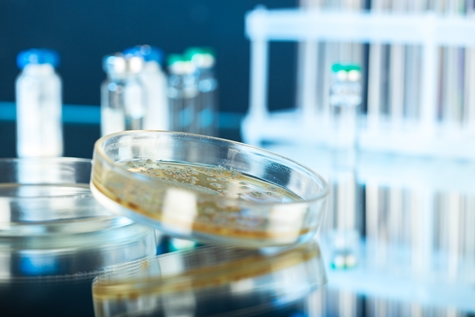Getting it Right: Pathogen Detection
By Lois Harris
Choosing the right pathogen detection technology for food manufacturing businesses can be a daunting task. But it’s a necessity, considering the grave consequences of allowing E. coli, Salmonella or Listeria to go undetected in the food that is produced and distributed.
While the “gold standard” for the industry is still culture-related methods that use petri dishes and agars specific to each pathogen, they are time-consuming, requiring from two to seven days to obtain results. They are also labour-intensive processes, and staff and technicians need training to be able to interpret the data. But they underpin food safety regulatory frameworks in most countries around the world.

“In the past 20 years, newer technologies have emerged that expedite the process and are just as accurate if not even more so,” says Christian Blyth, Pathogen Specialist for the 3M food safety team. “They’re less likely to miss low levels of contamination because they’re more sensitive and are very specific.”
ELISA (enzyme-linked immunosorbent assay) tests are based on immunology. These are quicker, less expensive and easier to conduct, but can yield false positives. More recently, molecular or DNA-based methods are the most precise because they react only to the pathogens they’re supposed to react to.
Pathogen Detection Technology
The newer pathogen-detection methodologies are highly automated. This reduces the need for staff and training: test samples are put into a computer, which does the work and produces the solutions.
The new systems are also much faster.
“Next-day results are available now,” says Blyth. “The downside is that these are more expensive tests. In our experience, companies lean toward the rapid tests because what they save on labour and [the cost of] holding their products more than offsets the cost.”
Pathogen Detection for Food Safety
David Hatch, Chief Strategy Officer at Corvium says that these tests are only part of the equation and that mastering the data analytics that they produce allows food organizations to monitor their environment and make the pathogen-testing process more effective over time. Not only does this allow an organization to plan for testing and corrective actions, but it also means they can see trends over time to find out where inefficiencies in testing accuracy can be improved.
The field of pathogen detection is advancing, and new developments will come forward over the next five-to-10 years. The challenge will be to keep up with them. Each company will have its own cost and timing thresholds, but in the end, finding out about and eliminating pathogens from production is an absolute must.
About the Author
Lois Harris is principal writer and editor at Wordswork Communications, and she has been part of GFSR’s editorial community since 2017. She brings a strong background in writing for a number of food manufacturers, non-profit organizations, governments and universities to her work on GFSR’s behalf, and has a keen interest in the food safety issues that affect consumers and industry.




